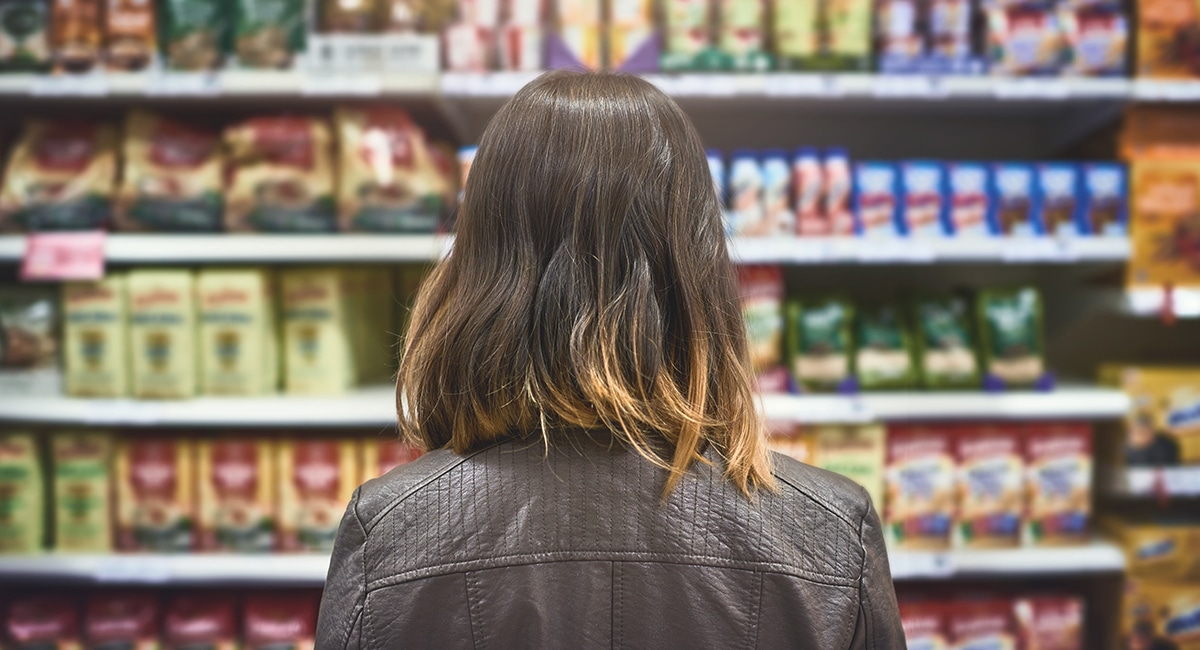February 06, 2019
Can Deploying Robots in Retail Stores Create Great Customer Experiences?
By monitoring stock levels and cleaning floors, autonomous systems help retailers impress customers.

No retailer wants to read complaints about their store on social media platforms such as Yelp or Facebook. And in segments with thin margins, such as grocery stores, a lousy customer experience can be particularly damaging.
To improve the customer experience, retailers are increasingly implementing autonomous systems that can continuously monitor stock levels, cleanliness and other factors that affect how customers see a store. For example, Walmart uses robots that roll up and down aisles to see which items need to be replenished. In addition to scanning shelves three times faster than humans, the robots free up sales associates to spend more time helping customers, further improving customer experience.
Double Duty for Digital Transformation
Robots are one of many technologies retailers large and small can use to improve sales, margins and customer loyalty. Often, these new technologies can be added to systems the retailer already owns, thus minimizing the upfront cost. In other cases, the retailer needs to replace those systems anyway, so upgrades become ideal opportunities to add features that improve the customer experience.
Floor scrubbers represent an excellent example of how retailers are employing autonomous technology. Many Walmart stores now have autonomous scrubbers that don’t require a human driver. But regardless of whether there’s a person behind the wheel, floors scrubbers can be outfitted with cameras, RFID scanners and other Internet of Things sensors to automatically check stock levels while making their rounds.
Another example is using video surveillance systems for other applications. These cameras — which nearly every store already has installed for security purposes — can take on tasks such as identifying empty shelves, product spills and other problems before customers notice them.
Retailers can also feed cameras into analytics platforms that are capable of identifying security and customer experience events, and then alerting staff. With these capabilities, a store doesn’t require a small army to monitor its video feeds.
Don’t Shop Alone
Implementing these experience-enhancing technologies isn’t always simple. For example, they require a fast, secure Wi-Fi network that reaches every aisle. The obvious solution of adding more access points (APs) can backfire if they wind up interfering with one another. That undermines performance not only for autonomous systems but also for customer-facing ones, such as apps that enable shoppers to quickly locate items on their lists.
Retailers should enlist IT staff or a third-party partner to conduct a site survey to determine each AP’s ideal location. By ferreting out dead spots that occur due to metal shelves and other common store fixtures that that block Wi-Fi signals, site surveys ensure shoppers and scrubbers alike have a reliable connection wherever they need it. A great wireless network also lays the foundation for electronic shelf labels, which eliminate shopper annoyances such as incorrect prices and help retailers tackle the growing problem of “showrooming.”
Surveillance systems may also need adjustment or augmentation to support nonsecurity applications. For example, a camera installed to catch shoplifters might need to be repositioned so it can also catch a spill or empty shelf.
Bottom line: Retailers have a big, growing selection of technologies that, when implemented effectively, can greatly improve customer experiences, productivity, efficiency and safety.
This blog post brought to you by:

